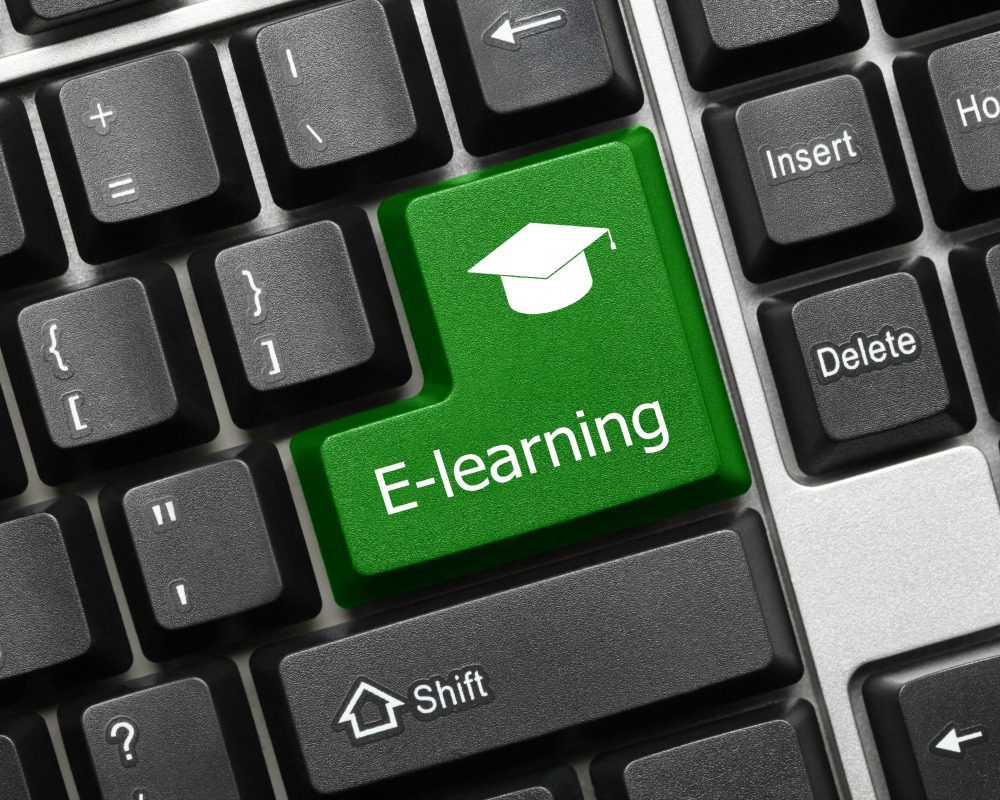
From start-ups to Fortune 500 companies, technology is an inescapable part of successful business. To keep up with fickle consumer preferences, employers need a viable e-learning function that gives employees the ability to absorb information whenever they need it.
Four years ago, brokerage firm TD Ameritrade redesigned its e-learning approach for sales and service associates, allowing them to assess their knowledge gaps, hone their skills and improve their performance more quickly.
Before the upgrade, the firm used a one-size-fits-all learning approach where workers learned the skills deemed most helpful to the organization. But this approach ignored the employees’ individual needs, said Jon Mott, now the chief learning officer at Learning Objects. Previously, Mott was the director of retail learning and development at TD Ameritrade.
During his time at TD Ameritrade, Mott collaborated with retail leaders and the learning and development team to update its learning strategy to a personalized, employee-centric approach that tackled the learning process in three steps: identify employee-specific opportunities, deliver a customized curriculum, and improve employee performance.
TD Ameritrade’s business and learning leaders had concerns that some employees were not learning up to their potential, but they weren’t sure how to address the issue. For instance, anecdotal evidence suggested certain employees lacked technical knowledge about different products, some couldn’t communicate with customers as clearly as they needed to, and others needed greater understanding of the trading tools the company offers its customers. The organization needed a strategy that could address each of these areas without wasting employee time or company resources.
Instead of forcing employees to undergo training at every skill level on every topic within each of these all three areas, TD Ameritrade’s updated learning structure allowed learning leaders to pinpoint individual weaknesses through online assessments and construct targeted development plans broken up into the different skills employees needed to focus on each quarter. Using this approach, employees could maximize their learning and bring that knowledge back to their customers quickly. “It makes the learning experience more efficient,” Mott said. “You’re only focusing on things in your learning sweet spot.”
This revised learning structure also changed how the company measures progress. Improved communication skills will manifest differently than developed technical skills, so the metrics used to measure them are also different. This allows TD Ameritrade’s learning leaders to view more accurate progress reports, though the specific measurement methods vary among companies, implementing such an approach, Mott said.
To devise an efficient, personalized learning strategy, it’s important to keep a company’s business objectives in mind. If the learning structure doesn’t mesh with a company’s goals, it isn’t going to be effective, Mott said. Two questions should govern the creation of a business’ e-learning infrastructure: “What do you want your employees to know and be able to do on the job?” and “How can they acquire the ability to do that?” A personalized – rather than a one-size-fits-all – approach then identifies each employees current capabilities relative to their roles, prioritizes their unique knowledge and skill gaps, then points them to a custom, personal development plan.
With those questions in mind, designing a successful individualized e-learning approach does not necessarily mean completely replacing current learning structures, processes, and systems. Rather, a personalized learning and development strategy can and should co-exist within broader structures and processes already in place.
Consider, e-learning is playing an increasingly larger role in employee learning. Some 77 percent of companies offered e-learning for employees’ professional development in 2014, according to a Roland Berger study. But sometimes, online learning alone isn’t practical. Therefore, a sustainable e-learning model will combine face-to-face, online and a blend of the two approaches to train workers.
Sufficiently future proofing e-learning investments also can help ease the transition for employees coming from higher education into the corporate world. Often, there is a rift between what new employees learn in school, and the hard skills required for them to perform daily tasks on the job.
A 2015 ManpowerGroup survey found 38 percent of employers said they had difficulty filling jobs because of a skills gap and talent shortage in the market. A solid e-learning infrastructure could empower employees to improve their weak areas and minimize the learning curve.
“With the power of e-learning, we’re starting to close that gap,” Mott said. “That’s transformational, and that’s where I think e-learning is headed.”
Joe Dixon is a former Chief Learning Officer editorial intern. Comment below, or email editor@CLOmedia.com.














